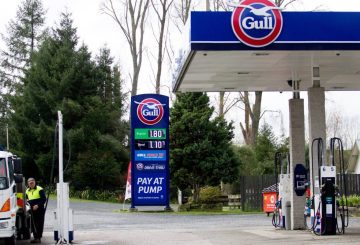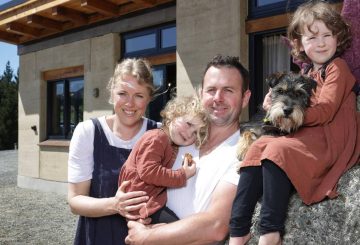韩国议会通过了一项法律,终止了韩国计算年龄的两种传统方法。
从2023年6月起,官方文件将不再使用传统的韩国年龄体系。
只保留国际认可的标准方法。该变更旨在通过采用与世界其他地区相同的系统来减少混乱。
目前,韩国最广泛使用的年龄方法是所谓的 “韩国年龄” 系统。在这个系统中,一个人出生时一岁,然后在每个新年的第一天长一岁。
目前还有第二种系统,称为 “计算年龄”。在这个系统中,一个人出生时的年龄为零,然后在每个新年的第一天增加一岁。此方法用于计算饮酒和吸烟的法定年龄。
但是,韩国也使用标准的全球系统,即年龄由个人的生日决定,第一个生日发生在出生一年后。
这意味着韩国人可以有三个不同的年龄。例如,截至2022年12月1日,2005年12月31日出生的人在国际体系下为16岁,在 “计数” 系统下为17岁,在 “韩国年龄” 系统下为18岁。
执政的人民力量党的柳尚范说:“修订旨在减少不必要的社会经济成本,因为由于计算年龄的方式不同,法律和社会纠纷以及混乱仍然存在”。





























































